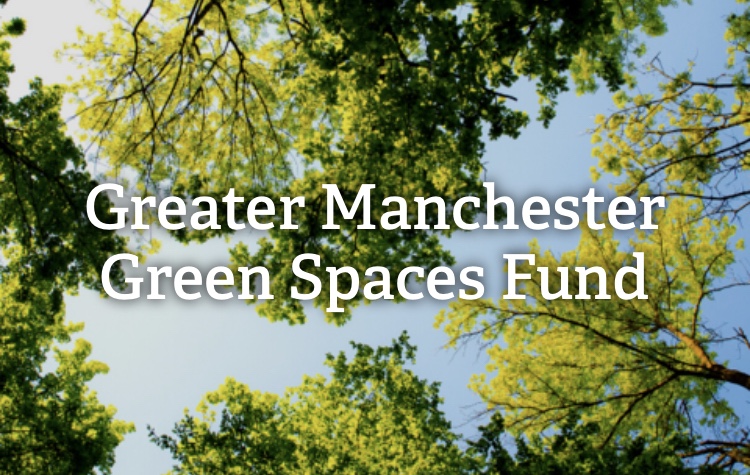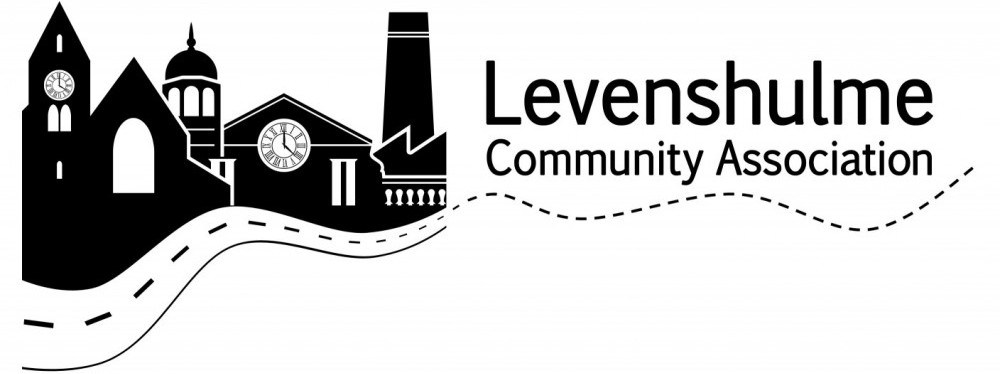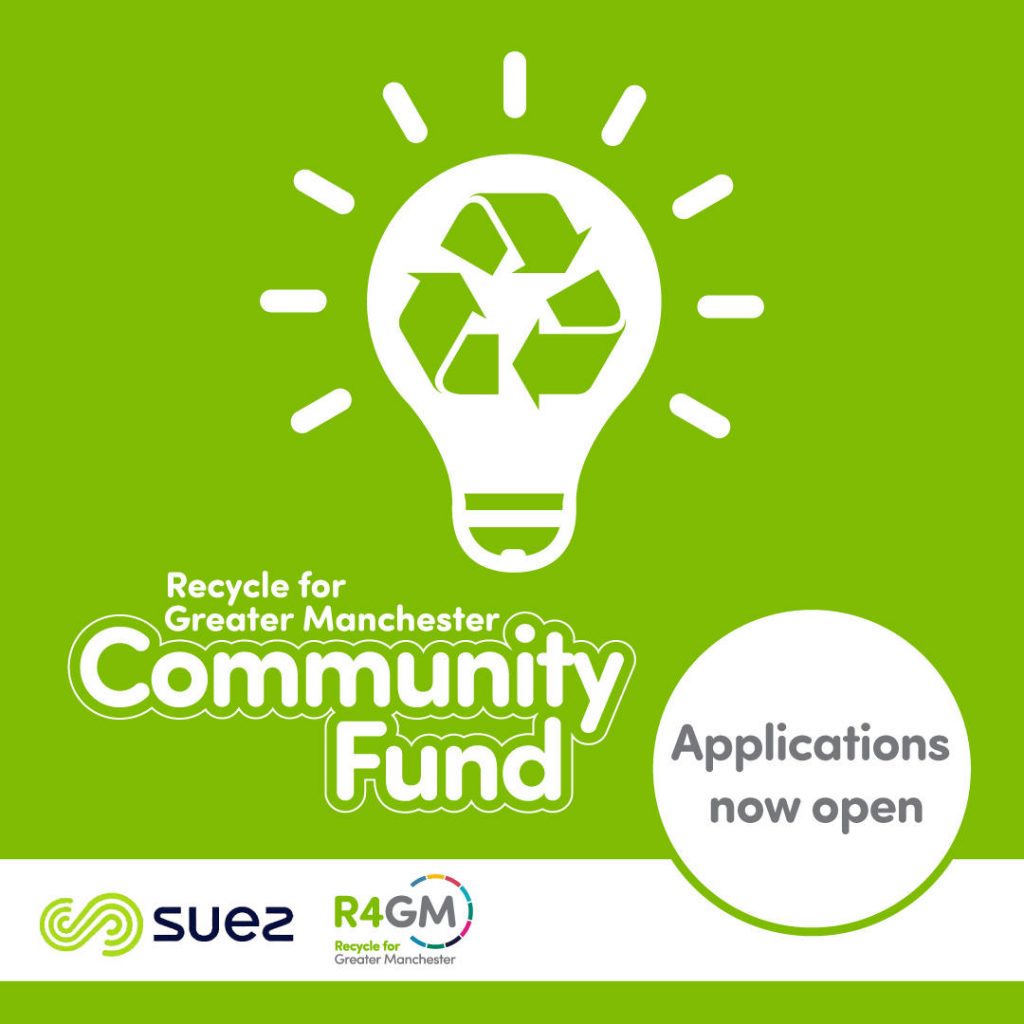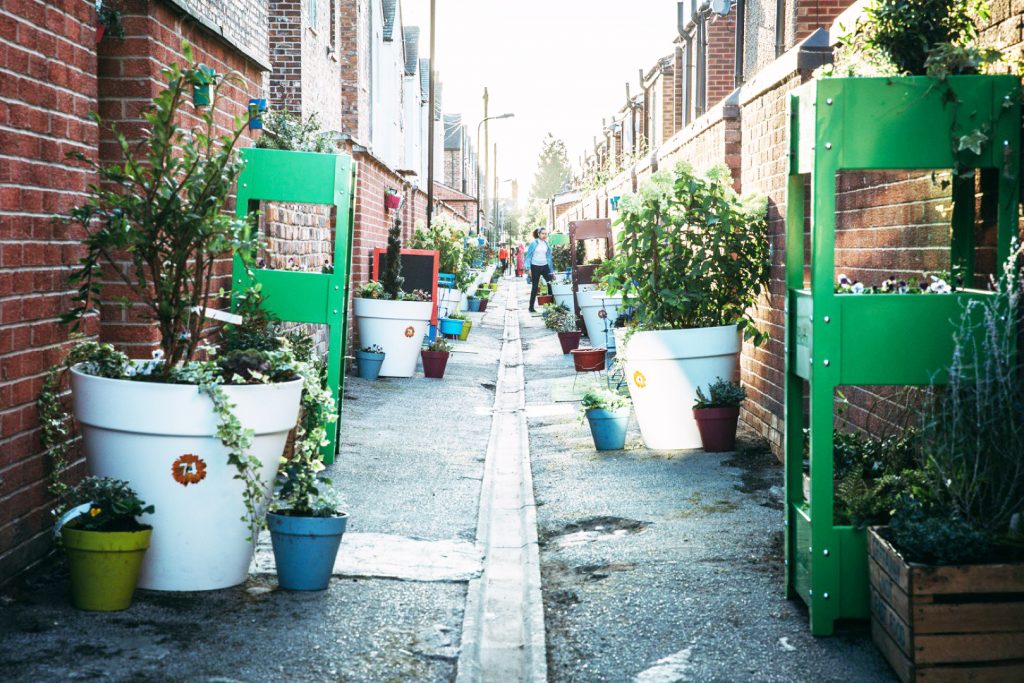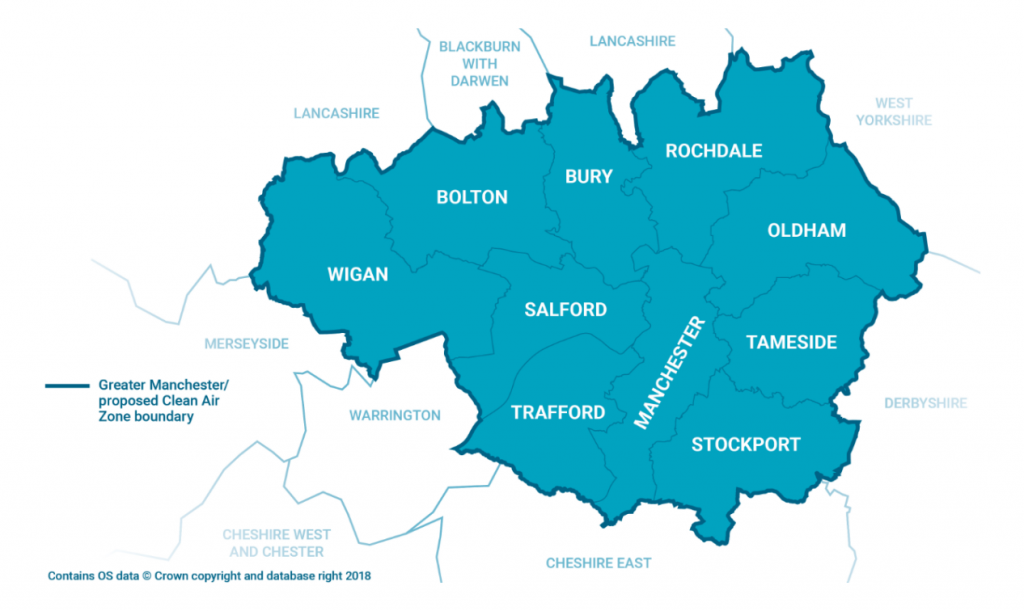What’s Going On With Our Active Neighbourhood?
Councillors have confirmed the Active Neighbourhood scheme will have a new public consultation and nothing is confirmed yet.
A meeting attended by over 60 residents, including Levenshulme Community Association Secretary Jeremy Hoad, was at times tense but has brought some welcome clarity to the current status of the Levenshulme and Burnage Active Neighbourhood.
Levenshulme Councillors Basat Sheikh and Zahid Hussain attended a meeting organised by the One Levenshulme group on 20 September after the release of a statement from Manchester City Council that said:
“Following the end of this trial, and reviews of feedback, all 14 filters will be made permanent.“
Manchester City Council statement, 13 September 2021
Councillors say this statement by Manchester City Council about the Levenshulme and Burnage Active Neighbourhood scheme was made “out of context” and this is only a partial explanation of the current situation. The current road blocks / “modal filters” will only be made permanent if a full plan for the Active Neighbourhood is approved for implementation following a public consultation.
The next stage designs will provide a full plan for interventions well beyond the current trial of 14 road blocks / “modal filters” in Levenshulme. This is the first time our community will be provided with comprehensive proposals and and a plan for the Active Neighbourhood, three years after the project started. It is understood the plans will include measures for both Levenshulme and Burnage.
The statement went on to say that:
“This month [August 2021] the Highways Service presented the initial outline designs for the proposed next stage of the Active Travel Neighbourhood scheme to ward councillors in both areas. These were agreed in principle, with the plans also submitted to Transport for Greater Manchester for their review and comment.”
Manchester City Council statement, 13 September 2021
A New Public Consultation
The new plans will be released soon and go to a public consultation. Councillors did not provide details of the consultation but accepted that previous consultations and the scheme as a whole had been “…a complete mess from the beginning…” and that it had “…gone wrong…”. They stated they had been “…working behind the scenes…” to improve the plans and had rejected previous drafts before accepting the current proposals.
Councillor Hussain stated that so far the project had spent £800,000 and that the budget had been reduced for the whole scheme. The original budget was up to £700,000 for development work and to undertake a trial with a further £1.8m available dependent on a successful business case proposal to TfGM for full implementation.
When pressed by residents councillors clarified that if residents were not happy with all the proposals then the scheme would not go ahead and everything – including the current road blocks / “modal filters” – would be removed.
It was also stated by councillors that the road blocks / “modal filters” would not be retained or made permanent until or unless problems on all roads were addressed, something councillors had insisted on for the scheme to progress. No scheme would be approved before that. However, councillors were confident that the community would welcome the final plans when they saw the designs.
Where’s the Data?
Councillors were also asked “Where’s the data?” as the whole scheme was claimed to be evidence based and data driven as well as community led. Councillors explained that the filters had been left in place so that the project could gather more data after the trial had finished [in June 2021] as Covid19 restrictions were lifted. Monitoring, managed by Manchester Urban Observatory (based at the University of Manchester) had taken place throughout the trial. Doubts were raised by residents about how accurate, useful or comprehensive this data was as well as the placement of monitoring equipment.
What will the final plans look like?
More comprehensive, inclusive and balanced, it seems. Reference was made to traffic calming, chicanes, crossings, pavement improvements and speed tables (large raised flat areas on the road). These are the sorts of measures residents, businesses and community groups (including Levenshulme Community Association) have been calling for throughout the project.
Unfortunately the attitude previously of the Project Team (with Sustrans and Levenshulme Bee Network before they were removed from the project in 2020) was dismissive of this more balanced approach and focussed primarily on installing road blocks / “modal filters” to create a “Low Traffic Neighbourhood”.
Residents also raised concerns about a number of related issues: dangerous driving in the area which was getting worse; problems with HGVs; speeding; anti-social behaviour around the road blocks; ongoing issues with emergency services and problems for carers and other service providers needing to easily meet residents’ needs. These reflected concerns that had consistently been raised by the LCA, residents and businesses that the approach throughout the project had been limited and did not focus on solving the problems we faced as a community or prioritise the aims of the project to actually make our roads safer and encourage walking and cycling.
Councillors stressed that the scheme was “…not about cycling…” but about “…Active Travel, creating shared space and provision for walking, cycling and drivers getting around.”
What happens next?
The final Active Neighbourhood plans should be made public in the next few weeks. The council has already indicated there will be a public engagement meeting in late September / early October.
Serious concerns were raised about how the consultation would be run. Residents made clear that they were dissatisfied with previous consultation and engagement and councillors accepted this had not been done well. Residents at the meeting highlighted the exclusive, biased and insecure nature of the online Commonplace system and the limited and ineffective information available.
As yet it is unclear what changes will be made to the consultation process, when it will start or how long it will run for. It is also unclear how decisions will be made, what criteria will be used and what attempts will be made to ensure the whole community can get involved and have their voices heard effectively.
Councillors Sheikh and Hussain were thanked for their attendance at the meeting and it was made clear by residents that this ongoing discussion was very welcome. Thanks also to Mark at the Bluebell for hosting the meeting.
Levenshulme Community Association will continue to provide updates and announcements as they are available to enable residents and businesses to be fully involved in this next stage of what has so far been a frustrating and difficult experience for many people.
Like this:
Like Loading...
